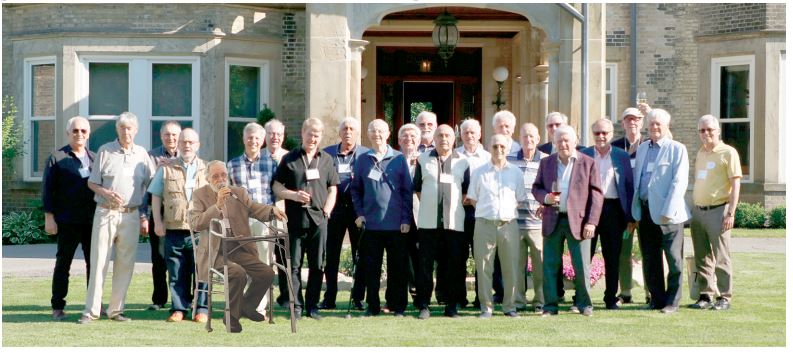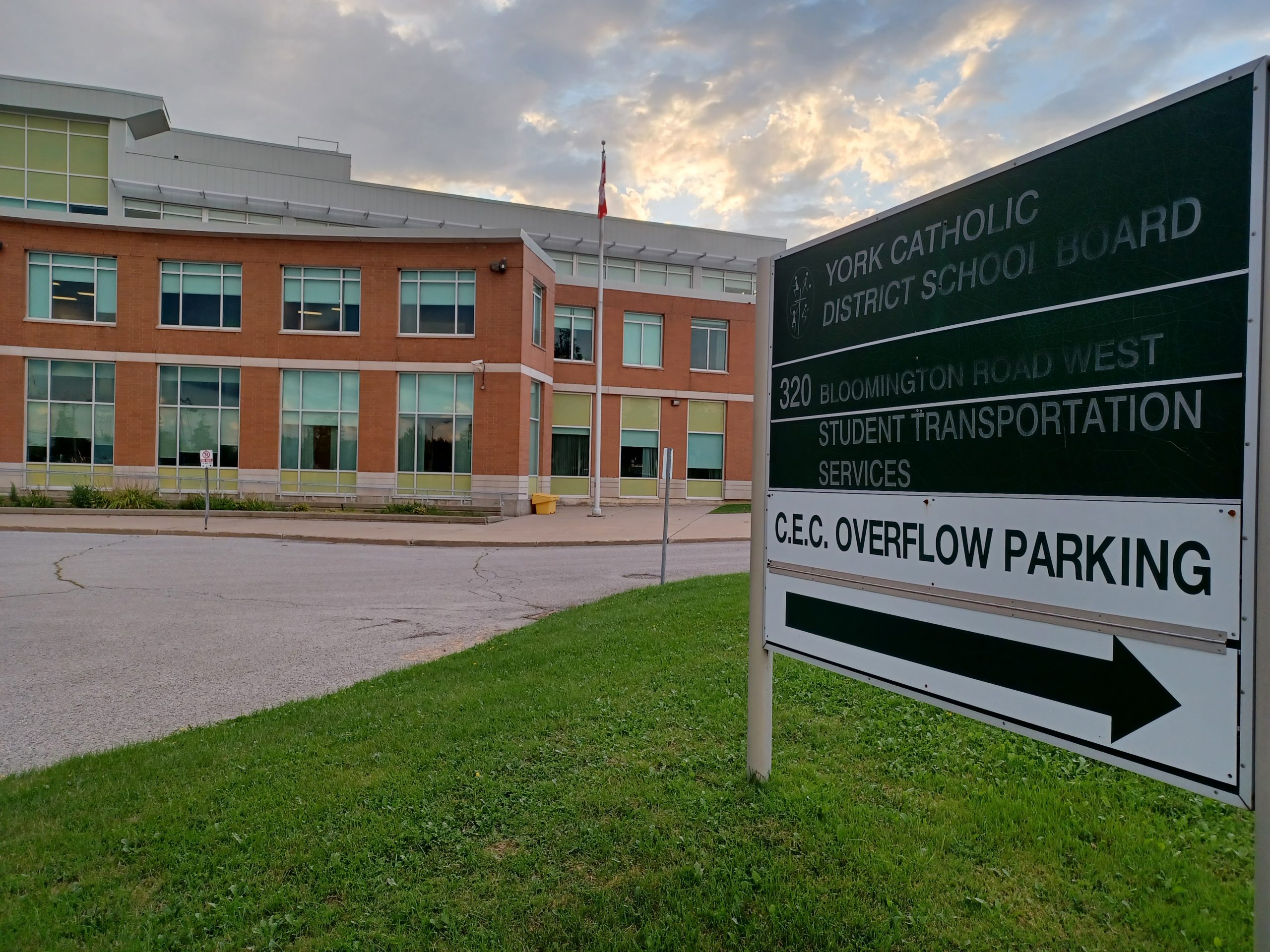Despite Father Time,
They Remain “Del Boys”
TORONTO – It is hard to believe they were once teen-agers. Sure, as in the picture below the article, we are now referring to “older men” whose life stories suggest a maturity not imagined in the first day of Grade Nine, so many years ago. But after a few minutes, the picture of those “freshmen” – kids, really – came back into focus.
I reflected upon how this dynamic collection was, and remains, a remarkable group of Del Boys. When we reunited for the 25th anniversary as graduates, I noted how the talent in the room would have been sufficient, in number and in quality, to populate leadership positions everywhere in the country. I have not changed my mind.
Every generation has its own set of challenges. From my perspective, “ours” reflected the demographic dynamics of that first post World War II generation whose children were being integrated into an evolving Canadian society.
Looking back, it is a society they have played an important role in developing. I do not think any of them thought in those terms back then. Their parents were still adjusting to the disruptive violence and destruction of a brutal war – “rebuilding”, physically and emotionally, their lives and locations.
Sure, there was a mixture of ethnicities and economic diversity. Mostly, the “Boys” were of European background: English, Hungarian, Irish, Italian, Polish, Ukrainian. And yes, we all wore the same uniform.
The school, known affectionately as “Del”, then and now, was (still is) one of the premier Private Schools in Ontario. It could not be anything else. Credit the “raison d’etre” of the Christian Brothers of Saint Jean Baptiste de la Salle.
Everything about its environment seemed geared to developing an appreciation for the keys to success – the need to plan, to practice, to question, to test skills, to develop newer ones and to apply them all to the goal at hand. At one point, its Drum and Bugle Corps was the most sought after in North America; the Musicals Del produced and performed were the best in Toronto – bar none; its athletic program ran rough shod over the less well prepared, less focused in the high school leagues of Southern Ontario.
Some of the Del Boys in the picture(s) were protagonists. One should not be surprised to discover that same intensity among the grads.
At a time when less than 5% of Canada’s adult population had a post secondary school diploma or degree, Del could boast (humility prevented its collective from so doing) a university-acceptance rate of beyond 90% of its graduating students, on their first attempt. This cohort of Del Boys set a new standard of excellence for the sheer numbers who attained the designation of “Ontario Scholar” upon graduating from Grade Thirteen after province-wide exams: 80% or better in one’s best eight credits, or at least 75% in one’s best nine.
Those grads provide(d) leadership in law firms in Canada; financial institutions on Bay Street; private enterprise; perspective and competence in architectural, engineering, medical and pharmaceutical research firms; educational and academic leadership everywhere.
Not bad for kids who entered to learn and exited to serve. I do not recall any of them saying it was easy. They come together periodically to reminisce, to thank the Brothers, each other and to regret that Time robbed them of those who are no more.
They are all Del Boys.
In the pic above, from the left: Ted Amsden, Peter Stapley, Adam Vereshack, Niall Anglin, Don Buckley, Peter Barreca, Brian Horgan, D’Arcy Wickham, Joe Grella, Alessandro DiCecco, Victor Brunka, Witold Rybka, Joe Argier, Russ Coleman, John Artibello, Joe Volpe, Bob Chaskavich, Mark Borutskie, Pat Carroll, Zbigniew Berezowski, John Burns, Marek Malicki, John Madden




